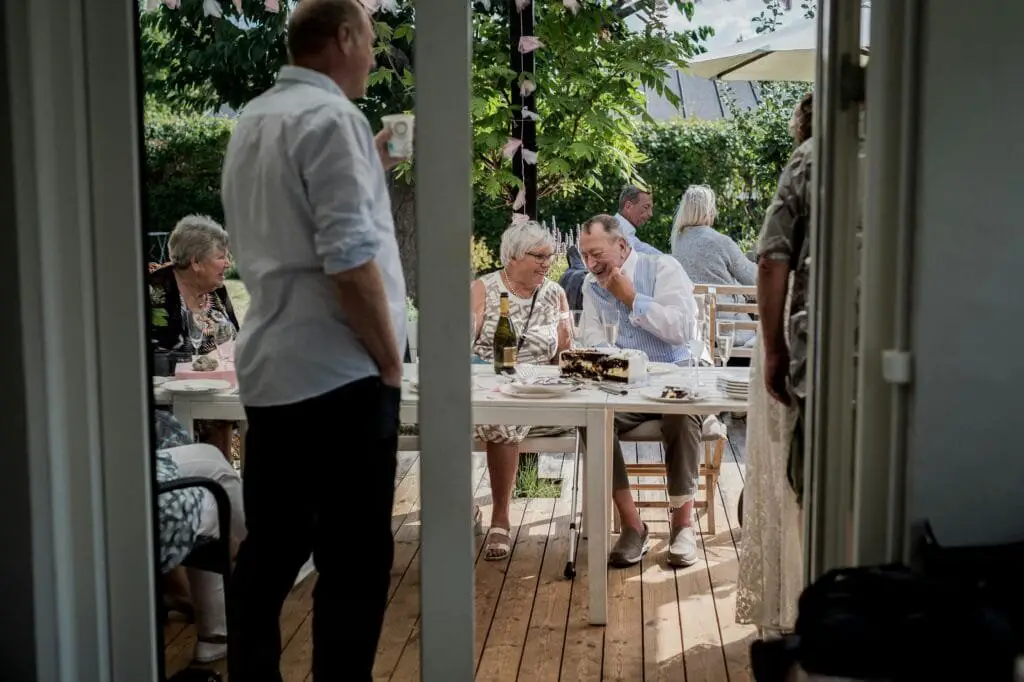1. All in the Family
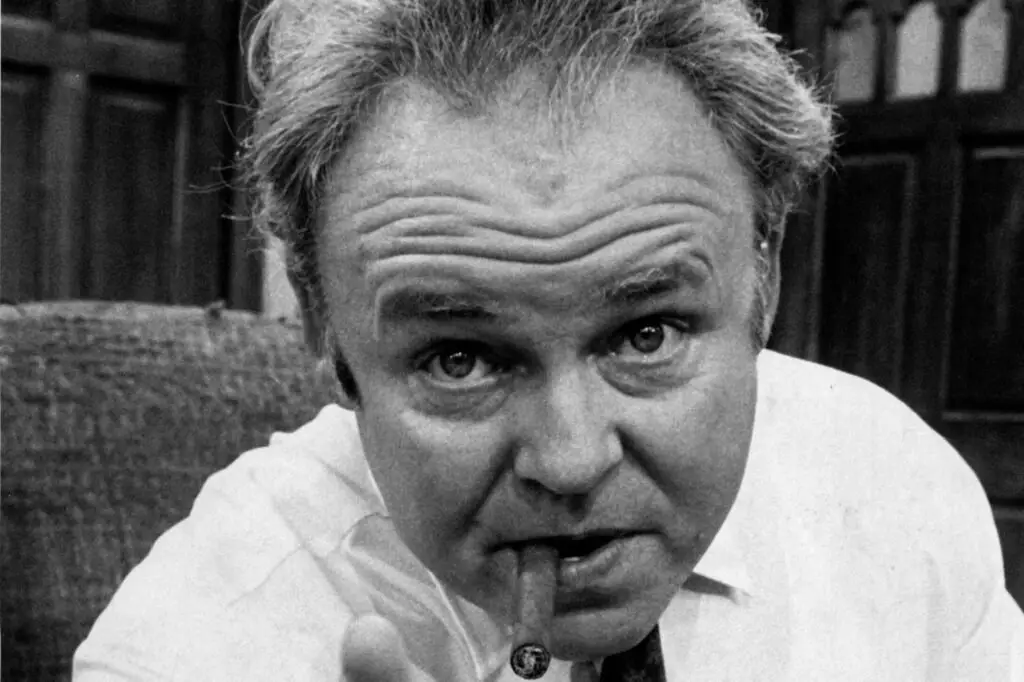
When All in the Family hit TV screens in 1971, it shook up living rooms everywhere. Archie Bunker wasn’t your typical sitcom dad—he was loud, opinionated, and unapologetically controversial. The show tackled race, gender roles, politics, and just about every taboo topic you weren’t supposed to talk about at the dinner table. It was uncomfortable, hilarious, and oddly cathartic all at once.
Viewers either loved Archie or loathed him, but they couldn’t ignore him. Norman Lear didn’t shy away from real-world issues and somehow turned them into primetime comedy. It was the kind of show that started arguments in households across America. But looking back, it opened up conversations we desperately needed.
2. Maude
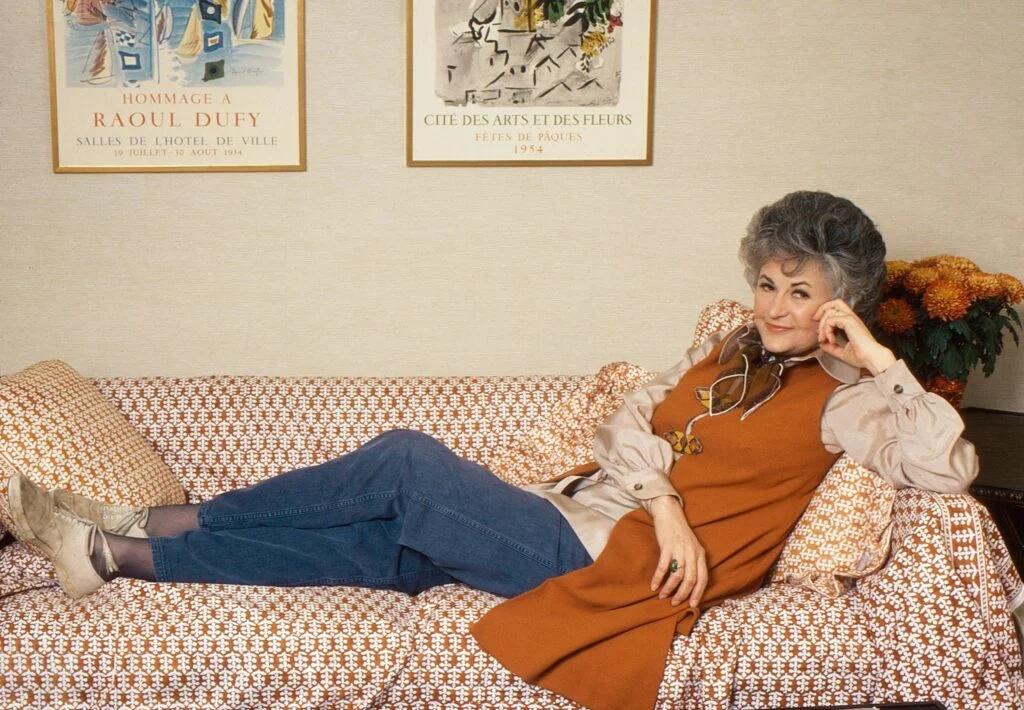
Before most shows even dared to mention things like women’s rights or mental health, Maude came along and made it the whole plot. Bea Arthur’s Maude Findlay was outspoken, progressive, and absolutely unafraid to challenge the status quo. She wasn’t your average TV housewife, and that alone made the show groundbreaking. It didn’t just flirt with controversy, it dove in headfirst.
Perhaps most shocking was the episode where Maude decides to have an abortion—something nearly unheard of on TV at the time. The storyline was bold and sparked national debate, with stations even refusing to air it. But that’s what Maude did best, holding a mirror up to society whether we liked the reflection or not. It was gutsy, funny, and always ahead of the curve.
3. Soap
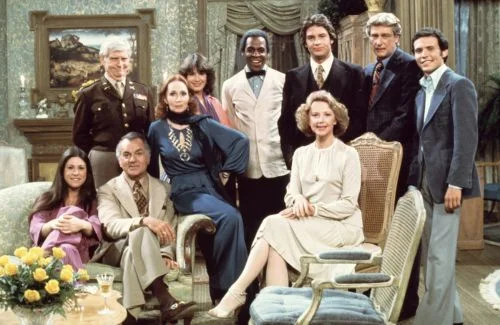
Soap was outrageous from the start, and it knew it. Premiering in 1977, the show spoofed daytime soap operas while blending comedy with storylines that had never been touched in sitcoms before. Affairs, murder, cults, exorcisms—it was all fair game. But what really pushed boundaries was its inclusion of one of TV’s first openly gay characters, Jodie Dallas, played by Billy Crystal.
Jodie wasn’t just a side character or a punchline. He had real, complicated storylines that explored everything from gender identity to fatherhood. Audiences weren’t sure what to make of the show at first, and some networks were hesitant to carry it. But it opened the door for more inclusive storytelling. Soap was chaotic, weird, and way too grown-up for some, but it was also years ahead of its time.
4. Lou Grant
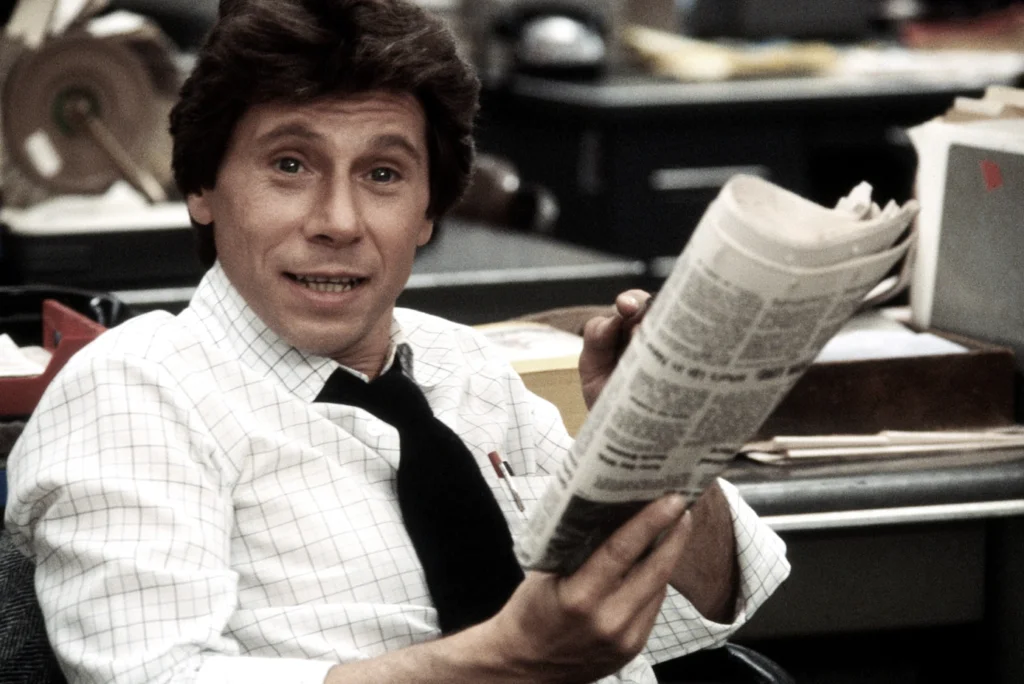
After playing lovable Ted Baxter’s boss on The Mary Tyler Moore Show, Ed Asner’s Lou Grant took a serious turn in his own spin-off. Unlike its sitcom predecessor, Lou Grant was a drama—and it didn’t pull any punches. It followed the inner workings of a newspaper, diving into complex stories about corruption, war, child abuse, and ethics in journalism. It felt like a different world from most lighthearted TV of the era.
The show didn’t just report the news, it commented on it. Topics like nuclear power and immigration were tackled with realism and urgency, long before they were household debates. Lou Grant showed that television could be both entertaining and thought-provoking without needing a laugh track. It wasn’t flashy, but it hit hard and earned every one of its Emmys.
5. One Day at a Time
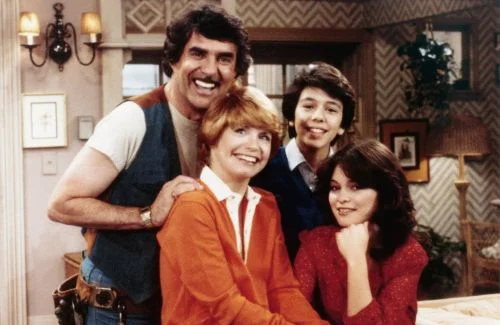
This show gave us something rare for the time—a single mother raising two daughters and dealing with real-life struggles. Bonnie Franklin’s character, Ann Romano, wasn’t a perfect mom, and her kids weren’t always well-behaved, but that’s what made it all so refreshing. The show touched on issues like divorce, depression, and sexism in the workplace, which most sitcoms were still avoiding.
Even more impressive was how One Day at a Time gave women a voice in a world that was still very much male-dominated. It showed a woman standing on her own two feet, building a life, and making mistakes along the way. The tone was warm and funny, but it never felt sugar-coated. The show trusted its audience to handle the truth.
6. The White Shadow
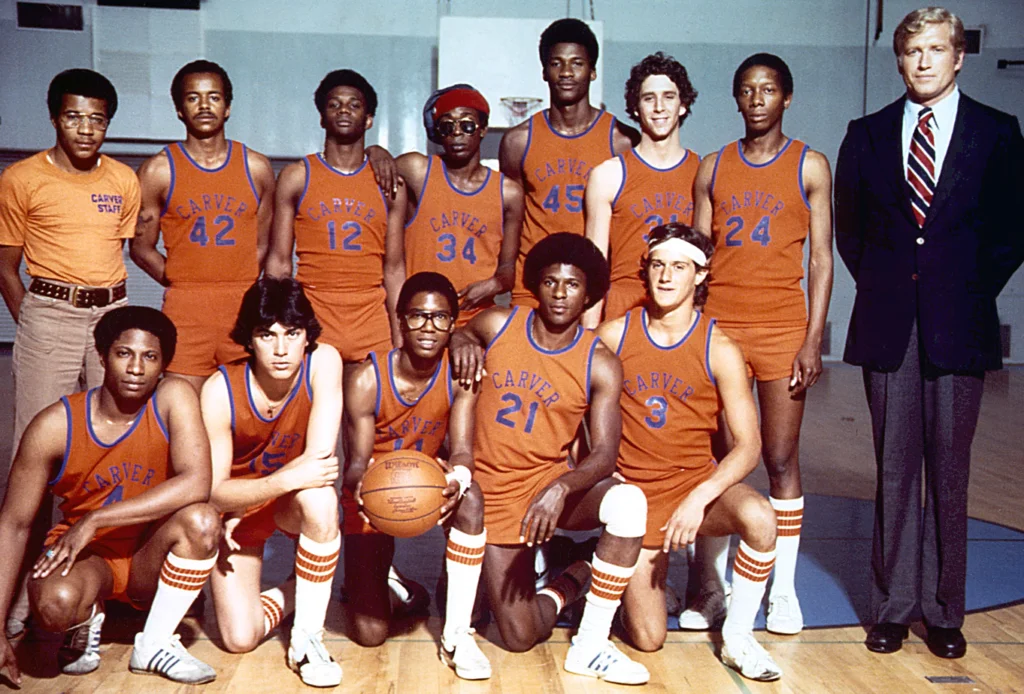
When The White Shadow premiered in 1978, it seemed like a sports drama, but it quickly revealed itself as something deeper. It followed a white basketball coach, played by Ken Howard, who takes over a team at a predominantly Black inner-city high school. That setup opened the door for storylines about racism, poverty, gang violence, and class divides—all delivered through the lens of teenage athletes.
This wasn’t a show about slam dunks and halftime speeches. It was about how life off the court could be unfair, dangerous, and complex. The White Shadow didn’t pretend to have all the answers, but it wasn’t afraid to ask the hard questions. For a late-’70s show, that kind of raw honesty was a rare thing. It stuck with viewers long after the credits rolled.


